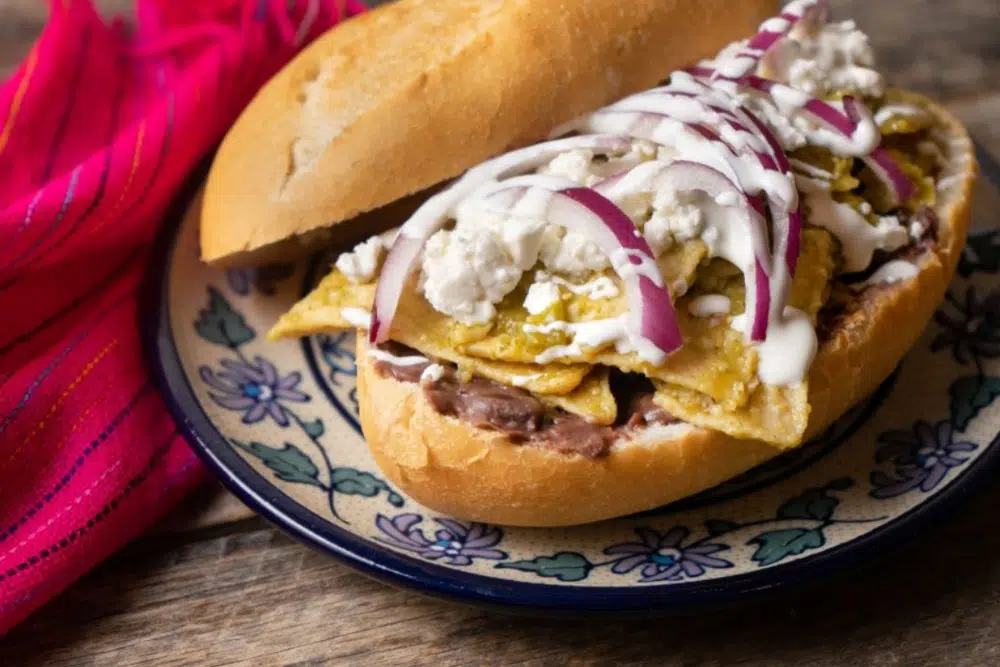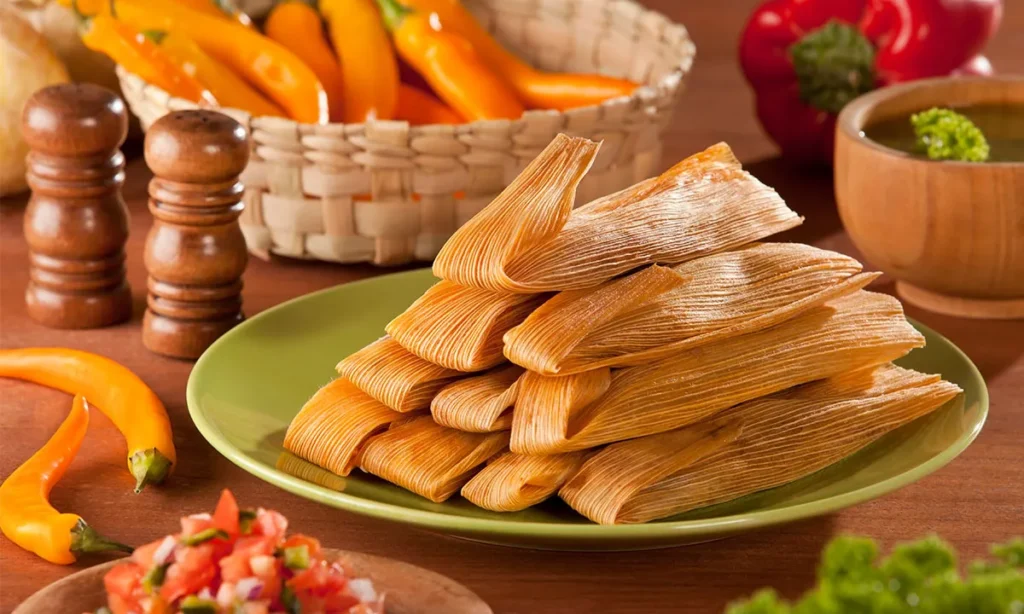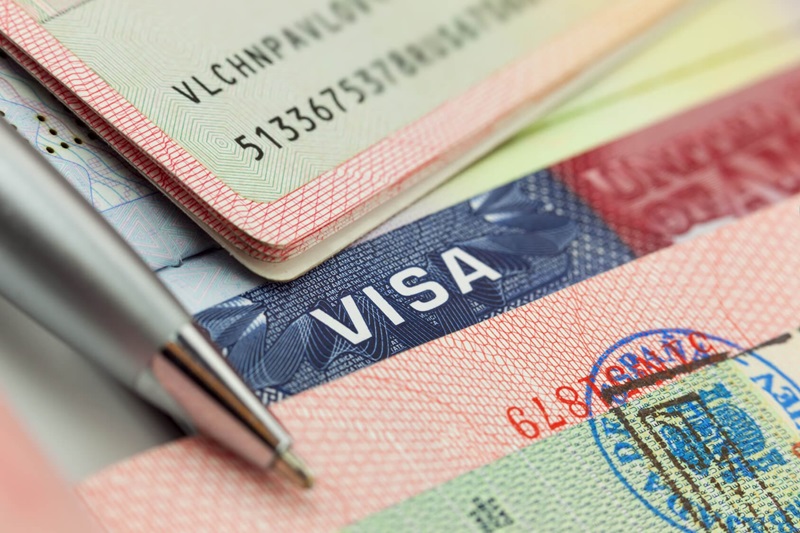Pleasant Mexico daily life
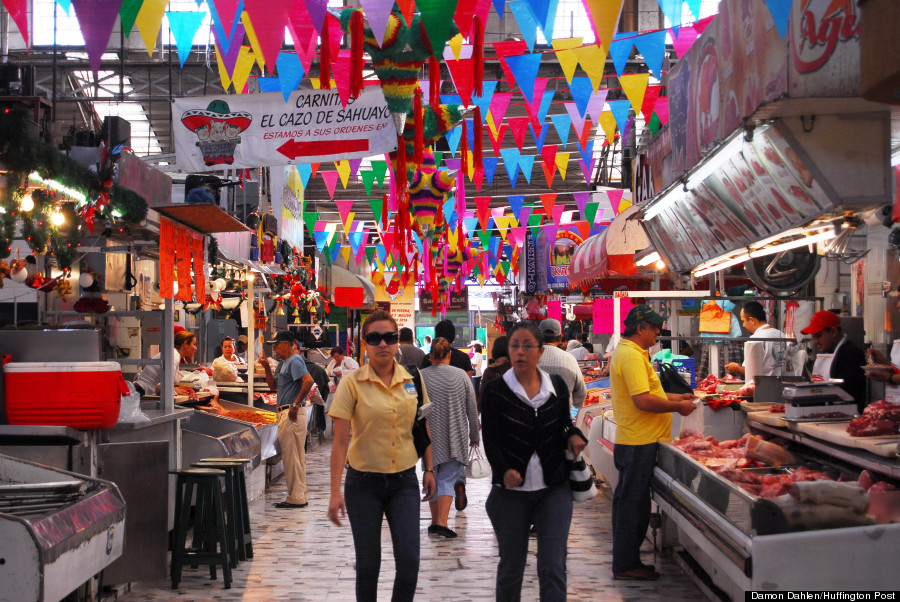
Mexico daily life is one of the aspects you should understand before traveling to this fascinating country, cradle of history, stories and culture.
One of the most relevant aspects of daily life in Mexico is related to its society, which, in general, is friendly, helpful and very open to tourists.
In every region of Mexico, a very large country, you will be able to observe diverse options of enjoyment with diverse communities; each state is a new treasure, and in each one there are towns and cities worth visiting.
From the coast of Mexico, to the areas of the capital region, you will be able to have a magical encounter, but, nevertheless, you should always be under caution as in every Latin American nation.
Mexico daily life
Nevertheless, the reasons to visit Mexico are greater and based on the current reality, we will tell you how you can enjoy an excellent tour of the Aztec country.
Cultural diversity in Mexico
One of the aspects that influences mexico daily life is its wide cultural variety, as the Mexican living in the north is not the same as the one living in the south.
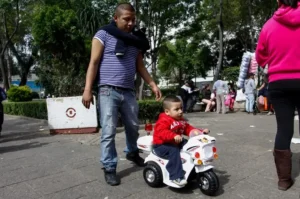
READ MORE: ¿WHAT ARE SOME CHICAGO STEREOTYPES?
In addition, there are differences between the Mexican living on the Caribbean coast and the Mexican living on the Pacific coast.
The economic dynamics are varied, and the capital is another different and volatile financial movement compared to the provincial Monterrey or Culiacan.
Mexico daily life defined by its natural resources, enormous cultural and historical wealth, world-renowned cuisine, privileged geographic location and exceptional climate, all of which make it an attractive destination.
In fact, Mexico ranks first in the Americas and sixth in the world in the number of sites declared World Heritage Sites by the United Nations Educational, Scientific and Cultural Organization (UNESCO), in the categories of cultural heritage, natural heritage and mixed heritage.
It also has a growing industrial and financial center such as Guadalajara, Monterrey and Mexico City, with a greater number of business and tourism travelers on a daily basis.
Mexico’s cultural diversity has become more relevant in recent years due to migration and globalization processes worldwide.
READ MORE: THE INTERNATIONAL COURT OF JUSTICE REJECTED MEXICO’S REQUEST
Mexico’s cultural diversity is so wide that it is ranked as the second most culturally diverse country in the world, after India.
So it will not be strange to visit a town in Mexico and the next day, in another region, they have different customs.
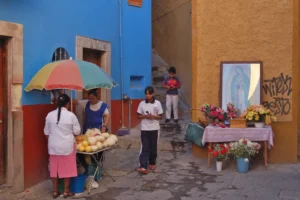
Daily routines in Mexico
Daily routines in Mexico have a lot to do with economic activity, beliefs and geographic location.
Therefore, it is not the same custom to walk along the coast in Cancun as it is to watch the sunset in Puerto Vayarta.
What is certain is that Mexico daily life is closely related to religious beliefs.
Every town has festivals, fairs, rallies, national holidays celebrated in one way or another; parks, traditional games, and in the big cities, a lively nightlife.
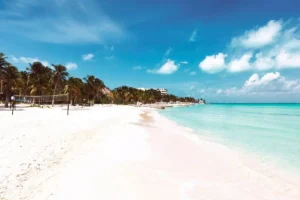
Family structure in Mexico
One aspect that determines the Mexico daily life is the family structure; although it is a country with machismo vices, matriarchy has an important value.
For example, a characteristic of the family structure in Mexico can be determined with the 2020 census.
In this census in Mexico, it was detected that 87 out of every 100 households in Mexico are family households, a key feature in the daily life of Mexicans.
Meanwhile, the rest have a different structure; 71% are made up of mom, dad and children, father or mother with a child, or couples without children.
And finally, 28% live with other members of the same family.
Social life in Mexico
Another element to consider in Mexico daily life is related to social distribution, so if you visit the Federal District, there is a more diverse mestizaje, while to the south, you will surely observe a marked aboriginal trait.
Social life in Mexico has a lot to do with traditions. Meanwhile, 15% of the population identifies itself as indigenous, belonging to one of the 68 indigenous communities and speaking one of the 364 variants of native languages.
Additionally, almost three quarters of the population perceive themselves as mestizo.
According to figures from the Colegio de México (Colmex), 7 out of 10 Mexicans consider their skin tone to be intermediate (light brown).
In terms of sexual and gender diversity, 5% of the Mexican population aged 18 and over identified themselves as part of the LGBTQ+ community, according to figures from Inegi’s National Survey on Sexual and Gender Diversity (Endiseg).
Towards the southern regions they are more dogmatic and with more taboos, than towards the Caribbean regions, it is something of culture and perception.
Work and professional life as part of Mexico daily life
The number of professionals in Mexico is increasing, although, compared to other countries, it is below average.
Just this 2024, the national government is in a process of decreasing working hours to positively impact performance.
While many consortiums require more professional labor, in areas such as oil, mining and manufacturing.
According to Inegi, the majority of the employed population in Mexico works from 35 to more than 48 hours per week; 47.4% work between 35 and 48 hours, and 27.0% work more than 48 hours, according to Inegi.
Public transportation in Mexico
And finally, public transportation in Mexico is a fundamental axis in the mobilization in this country.
With areas widely connected, but others, still very much in less advantage.
Mexico City is the most modern in this sense, with a well established transportation network.
While other cities such as Monterrey and Guadalajara are making great strides.
Roadways are being connected, with roads connecting the south to the north and the Caribbean to the Pacific.
Urban passenger transportation systems in the Metropolitan Zone of the Valley of Mexico served 179 million people, 3.7% more than in September.
The distance covered by these transportation systems was 30.9 million kilometers, an increase of 4.7% over September.
In 2023, an ally of Mexico daily life, the Metro CDMX, mobilized almost 93 million passengers, stood out as the most popular means of transport, a vital artery in the heart of the capital.
In Mexico City there is a network that goes from the subway to eco bikes, so getting around in Mexico City is not complicated at all.
The complicated part is after leaving Mexico, where, in my personal opinion, you must have a guide, even a remote one, who will tell you town by town your status.
As you will see, Mexico daily life is very diverse, pigeonholing the citizen of the capital under a similar pattern to the one who lives on the coast, is somewhat complicated, what is an axis of connection throughout the country, are the beliefs and cuisine, hallmark par excellence of this great nation.

